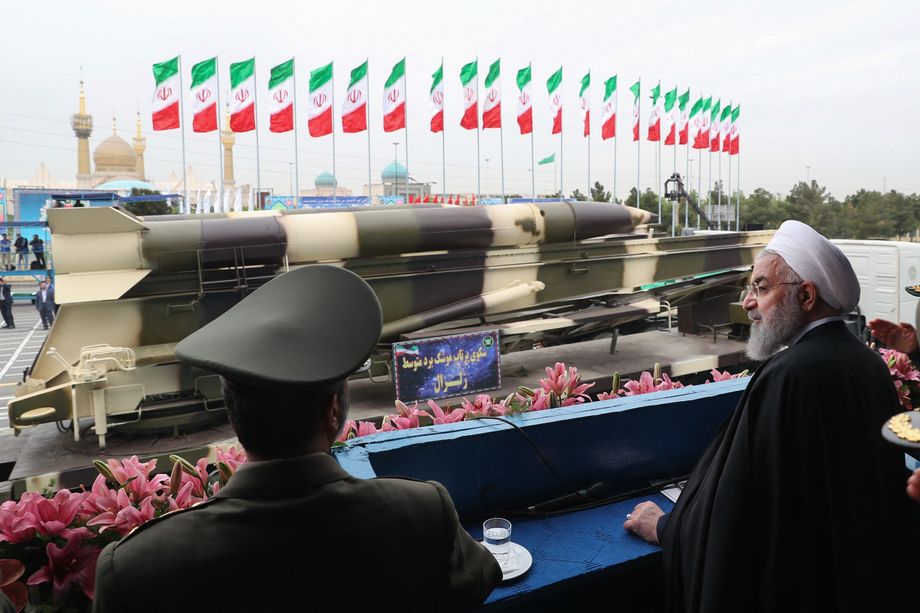Finding peace in the Middle East is like trying to untangle headphones in the dark – you know it’s possible, but it feels like a never-ending struggle. More on this below. Keep reading to uncover the twists, turns, and occasional knot in the quest for Middle Eastern harmony
The global landscape has been witnessing a series of conflicts and tensions in recent years, and understanding the historical context behind these events is crucial for promoting peace and security. In this article, we will delve into the complex history of the Middle East, shedding light on the roots of the ongoing conflicts between Israel and Palestine and the involvement of various nations in this volatile region.
The Historical Backdrop: The Birth of Israel
The story of Israel and Palestine is one marked by decades of tension and conflict. It all began with the declaration of Israel as an independent nation-state in 1948. At that time, thousands of Jews emigrated to Palestine, leading to violent clashes with the local Arab population. The British Empire, which occupied Palestine, found itself caught in the crossfire. They tried to limit Jewish immigration while expressing support for a Jewish homeland, which angered both Jews and Arabs.
World War II and the Birth of Israel
The outbreak of World War II saw the horrific Holocaust, in which an estimated six million Jews were murdered in Nazi concentration camps. After the war, Jews once again flocked to Palestine, viewing it as their homeland. By 1947, the British realized that the situation had become unsustainable, leading to the United Nations’ decision to split the contested land of Palestine into two sections. This division resulted in violence between Jews and Arabs when British troops withdrew from Palestine on May 14, 1948, and Israel was declared a state.
Arab-Israeli Conflict Escalates
The neighboring Muslim countries of Lebanon, Syria, Iraq, Jordan, and Egypt reacted by attacking the newly formed state, and securing Arab territory within it. In the remaining Israeli territory, thousands of Palestinians were driven out by Israeli forces, setting the stage for a protracted conflict.
The situation escalated in 1967 when Israel seized additional territory from Jordan and Syria. The Arab nations were poised to attack Israel, leading to a preemptive strike by Israel. This conflict further deepened the divides between the two sides.
The Camp David Accords and the Quest for Peace
In 1978, Egypt and Israel began negotiations for peace, resulting in the Camp David Accords. These agreements saw the return of the Sinai Peninsula to Egypt, with Israel retaining East Jerusalem, the West Bank, the Golan Heights in Syria, and the Gaza Strip. The negotiations aimed to guarantee the security and independence of both Israel and Palestine. However, the peace achieved through the Camp David Accords was short-lived.
The Rise of Hamas and Renewed Hostilities
In 2006, Palestinians elected members of the hard-line Islamist group Hamas into office, which marked a significant shift in Palestinian politics. Hamas’ commitment to the destruction of the Israeli state was in direct violation of the Oslo Accords, which had guaranteed Israel’s right to exist as an independent state.
Tensions flared, leading to violent clashes that claimed thousands of lives. This ongoing conflict was driven by old disputes and unresolved grievances, with both sides claiming rightful ownership of Palestine. The divisions within Palestine further complicated the situation.
Hamas and Fatah: A House Divided
Hamas and Fatah, the two major Palestinian factions, fought internally for control over the security forces. The United States supported Fatah, leading to a split in the Palestinian government. Fatah controlled the West Bank, while Hamas governed Gaza, creating a deeply divided Palestinian territory.
Israel responded to this division with an economic blockade of Gaza, further intensifying the conflict. Violent clashes and airstrikes followed, resulting in significant suffering for the Palestinian population.
Recent Developments and Ongoing Tensions
In more recent times, the conflict continues to escalate, with both sides experiencing tensions and attacks. The involvement of other nations, such as the United States, has further complicated the situation, and the quest for peace remains elusive.
The Broader Implications
The ongoing conflicts in the Middle East have implications beyond the region itself. These tensions can affect global stability, and the involvement of various nations adds complexity to an already intricate situation.
As the situation in the Middle East evolves, it’s essential to consider the historical context, the grievances of both sides and the role of external actors. Understanding the complexities of this ongoing conflict is vital for those seeking a path toward peace and stability in the region.
In conclusion, the Middle East remains a complex and volatile region, with a history marked by deep-rooted conflicts and tensions. Achieving lasting peace in the region requires a comprehensive understanding of its historical context and the grievances of all parties involved. Only through informed dialogue and diplomacy can the path to a more stable future be forged.










